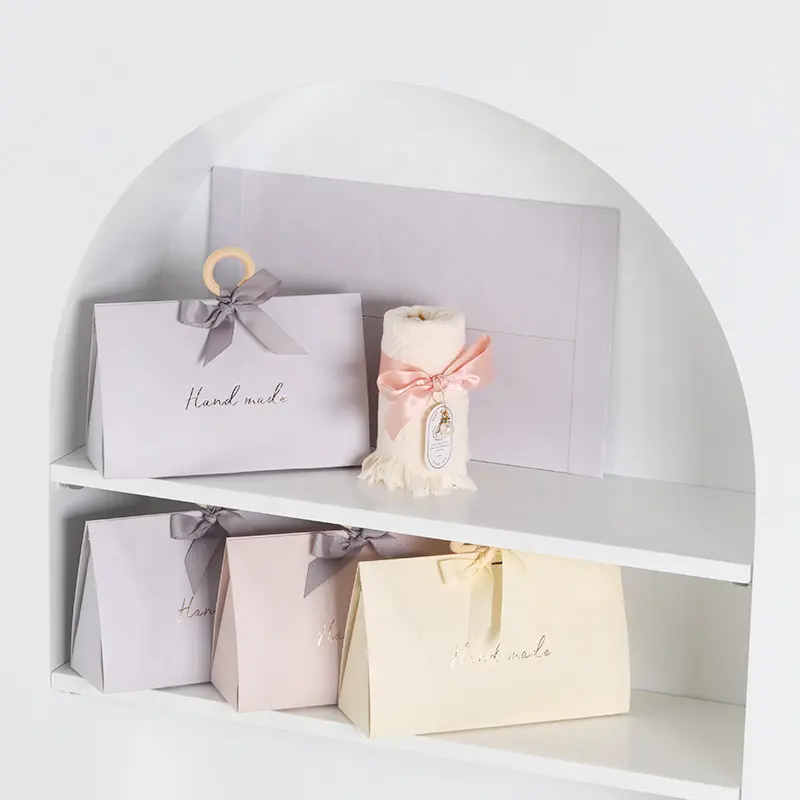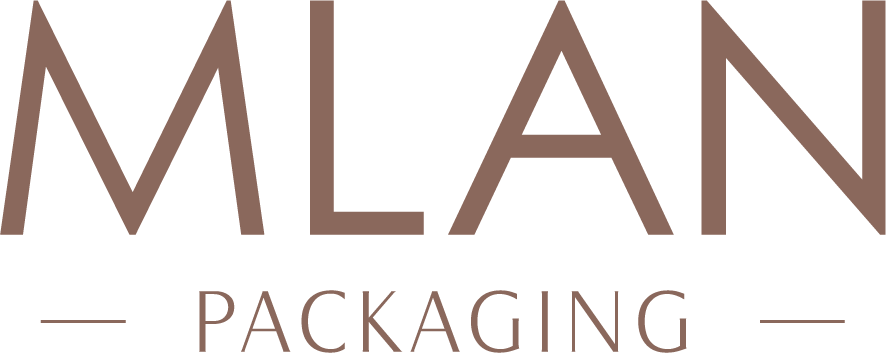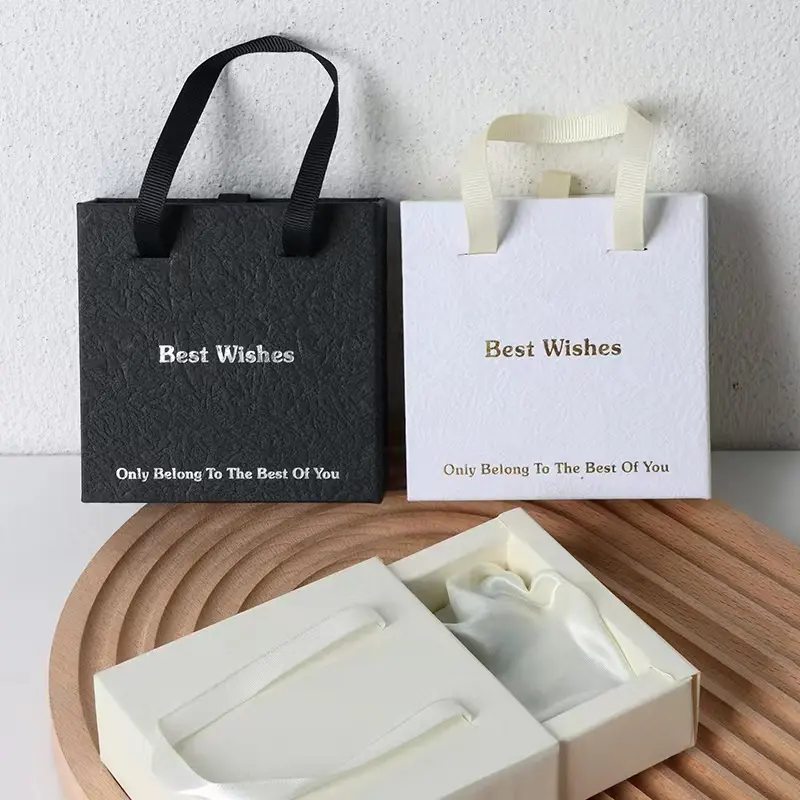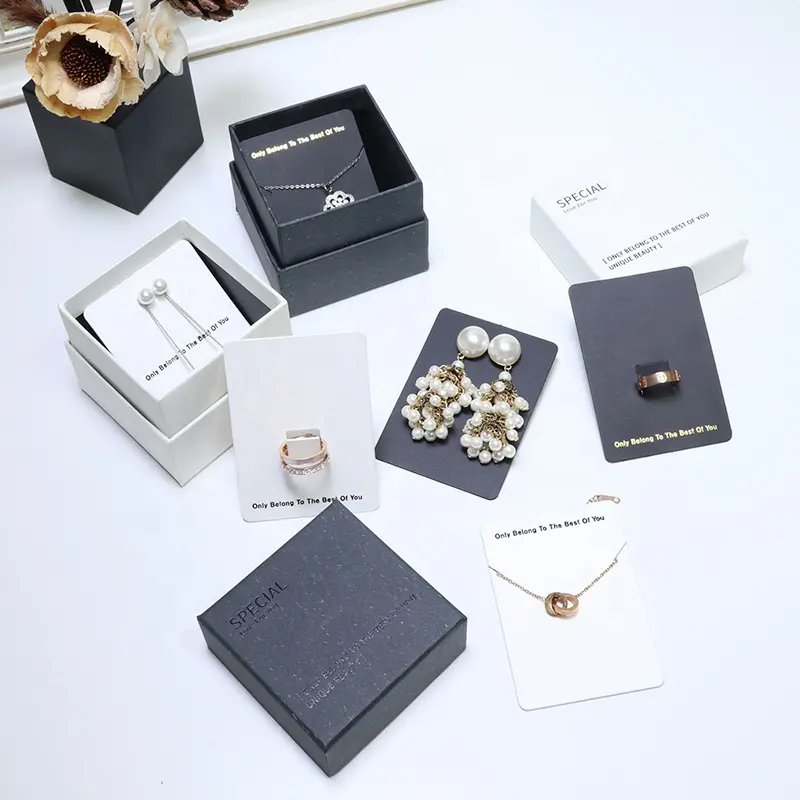
Whether a Packaging solution is presented well or not completely relies on how well it is packed. In order to ensure that, choosing the right paper box is extremely important. This guide will take a look at size, material, brand, design, abstract functionality, and other aspects related to choosing a paper box.
Identifying The Packaging Constraints You Have
Understanding the requirements is the most crucial part of packaging. It is necessary to analyze the type of product, fragility, dimensions, weight, and other aspects. For instance, sturdy glass products will need a more durable box for packaging, while lightweight products can be placed in normal standard boxes.
Selecting the Appropriate Size
Of all the dimensions relating to a paper box, size is among the most important. A box with excess dimension can be problematic as items may get displaced when being shipped which may result in damage. Conversely, a box that is compact may crush the item(s) it’s holding. It is critical to note, standard sizes do exist, but custom dimensions can be obtained as well. It is always advisable to accurately measure your product and add space to accommodate padding materials if necessary. Always remember that the right dimensions not only guard your products, but they can also create a great experience for your customers during the unpacking process.
Importance of Material Type
The construction of the box conveys the level of care put into it, and this features prominently on the visual appeal. Ordinary materials that are utilized consist of cardboard, corrugated cardboard, and paperboard. Each material serves a purpose: cardboard is relatively cheap, while corrugated cardboard provides extra protection for heavy items. Always consider assessing the box based on your product’s requirements, while incorporating sustainability. If sustainability is a core ingredient for your brand, then ecofriendly or recycled materials may fit perfectly.
Considerations In Designing Your Box and Brand
A box is not solely defined by its appearance; it also acts as a medium to communicate a brand’s message. Therefore, it is important to note that a strategically built box can help a business in getting their brand recalled and appreciating the experience a customer has with the business. Try using your brand color, logo and other graphics on the box so that it is eye catching. Also consider the brand image and identity that the printed flexographic or digital styles will create and consider what picture or impression it would portray. Don’t forget the impact your packaging could have on your brand, customers will ultimately try to associate it with you.
Usability and Functionality
The box must also be considered, as it is part of customer perception of the brand. Considered alongside product protection, the box also needs to be opened and used easily by customers. Even the smallest changes to the design can make the box easier to use, such as using handles, tamper proof seals, or easy to open designs. What’s more, think about how the box will be put away and shown off. Such boxes that are stackable help to save space and boost logistics. Considering these functional items will help in creating a balance between aesthetic value and practical use.
Shifts In The Market And Future Expectancies
If there's anything history has taught us, it's that human beings have an intricate fascination with semantics. The evolution of consumer interests thus translate to a shift in packaging strategies. Customers are now more inclined to go with brands that utilize sustainable materials, and there’s a demand for eco-packaging. On top of that, the boom of e-commerce has increased the emphasis on protective packaging to ensure products’ safe delivery. After all, brands have to keep up with emerging social media trends and flaunt their unboxing innovations to boost brand visibility. Avoid falling behind the market by constantly educating yourself on these strategies.




